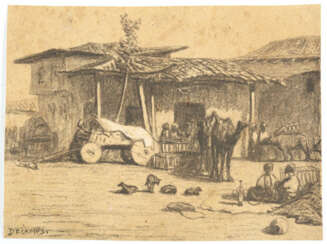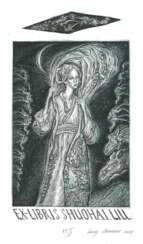25 Items by auctions and galleries:
grafiken & bücher
Lot 1721 Max Liebermann
Max Liebermann (1847 - 1935) 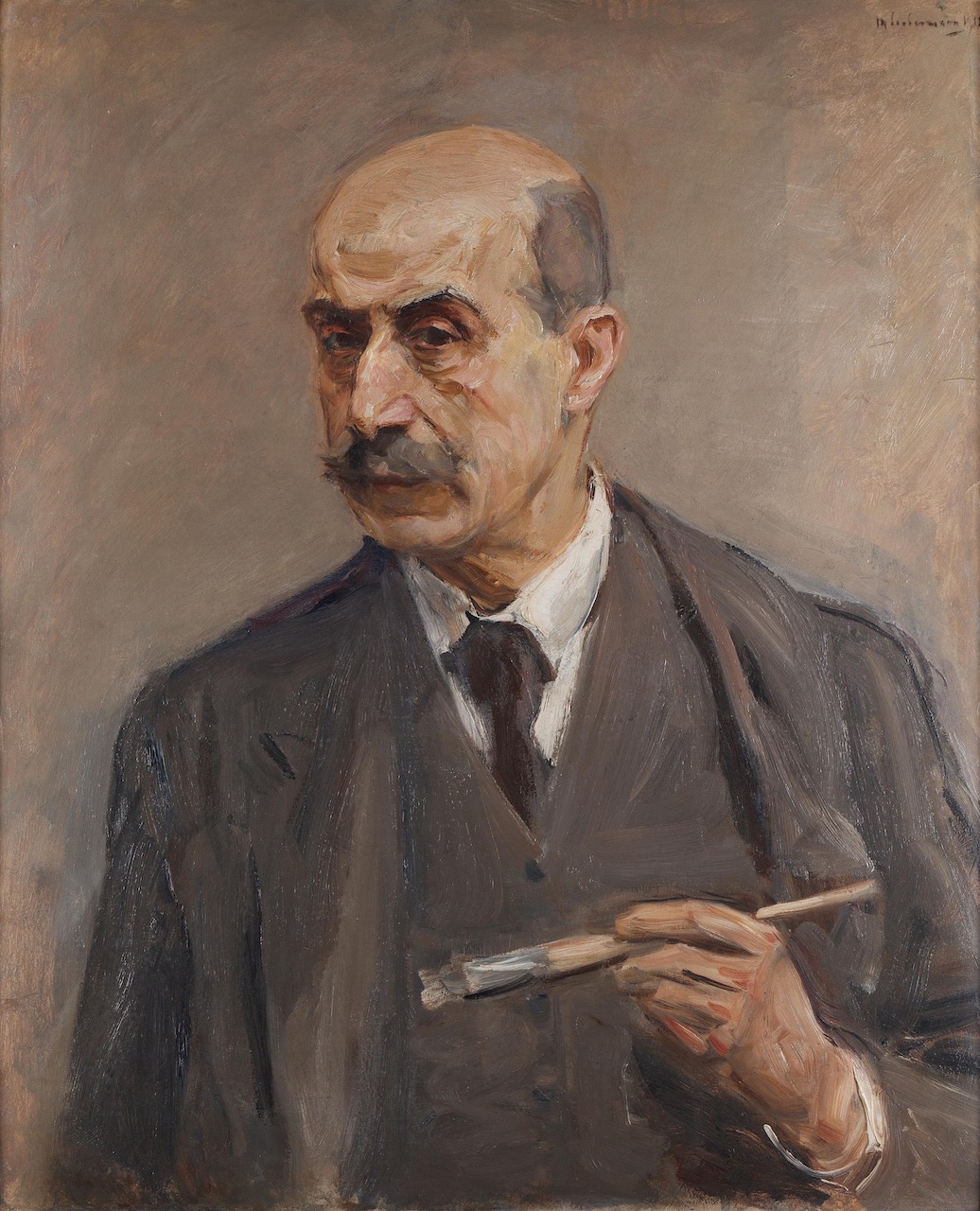 A195: Internationale Kunstauktion — Teil 2
A195: Internationale Kunstauktion — Teil 2 

Max Liebermann
20.07.1847 - 08.02.1935
Germany
Max Liebermann was a German painter and printmaker, and one of the leading proponents of Impressionism in Germany and continental Europe. In addition to his activity as an artist, he also assembled an important collection of French Impressionist works.

Kunstauktionshaus Schloss Ahlden GmbH
A195: Internationale Kunstauktion — Teil 2
Date: 06.12.2025 10:00 UTC +01:00
Number of lots in the catalog: 1053
The Great Silk Way
Leonid Stroganov (b. 1979) 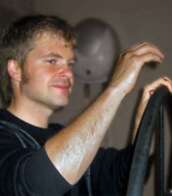 Shop Stroganov Leonid
Shop Stroganov Leonid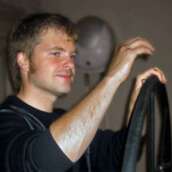

Leonid Stroganov
24.11.1979
Russia
Я родился в 1979 году в Ленинграде.В 1999 году закончил СПбХУ им Рериха,факультет живописи,а в 2002 году Институт Декоративно-Прикладного Искусства,факультет графики.Член Союза Художников России с 2002 года.В 2006 году прошел стажировку в Институте Тамаринд(США)Провел около 15 персональных выставок в музеях,выставочных залах и галереях России,Дании,Финляндии и Швейцарии.В жанре "Книга художника"создал книги " Царь Эдип" Софокла и "Эротические сонеты" Абрама Эфроса.Для идательства "Вита -Нова" выполнил иллюстрации к "Сонетам" Франческо Петрарки и Книге Пророка Исаии.
являюсь автором приблизительно 100 книжных знаков.Принимал участие в конгрессах международной федерации экслибриса(FISAE).Неоднократно становился лауреатом всероссийских имеждународных конкурсов в этой области.
Мои работы находятся в собраниях:Библиотеки Государственного Эрмитажа и его филиала-Выставочного центра "Эрмитаж-Выборг",Государственной публичной библиотеки им.М.Е.Салтыкова-щедрина,Всероссийского музея А.С.Пушкина,Литературно-мемориального музея-квартиры Ф.М.Достоевского,Сахалинского областного художественного музея,Государственного музея изобразительных искусств республики Татарстан,Ямало-Ненецкого окружного музейно-выставочного комплекса им И.С. Шемановского(Салехард),картинной галереи Вологодской области,музеев изобразительных искусств Старого Оскола,Орла,Екатеринбурга,Музея замка Мальборк (Польша),музея графики малых форм(Сент-Никлаас,Бельгия)Института Тамаринд (США),Музея печати в Шеньчжене(Китай),Музея искусств Фредериксхавна(Дания) и частных собраниях.

Artist shop
Stroganov Leonid
Russia
Number of products: 61
